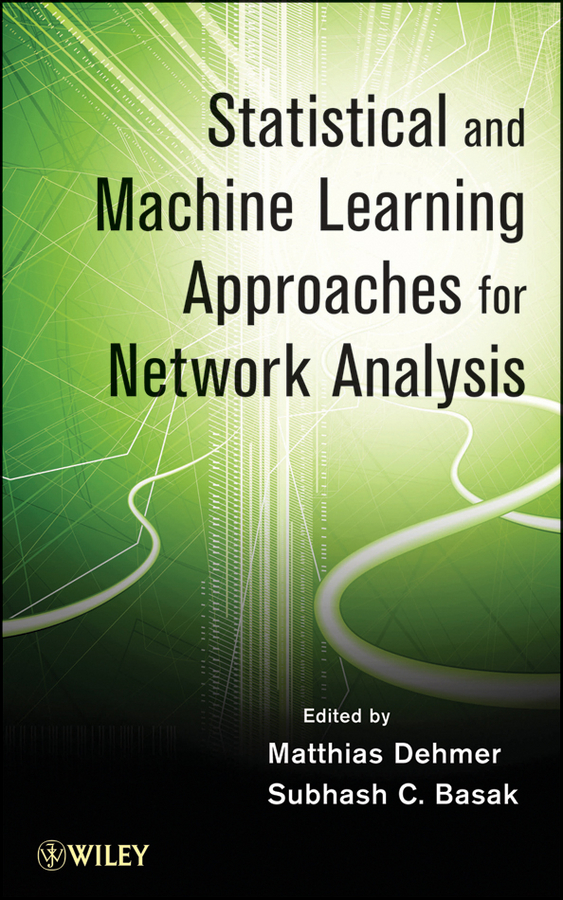
Contents
Chapter 1: A Survey of Computational Approaches to Reconstruct and Partition Biological Networks
1.4 Reconstruction of Biological Networks
1.5 Partitioning Biological Networks
Chapter 2: Introduction to Complex Networks: Measures, Statistical Properties, and Models
2.2 Representation of Networks
Chapter 3: Modeling for Evolving Biological Networks
3.3 Modeling Without Parameter Tuning: A Case Study of Metabolic Networks
3.4 Bipartite Relationship: A Case Study of Metabolite Distribution
Chapter 4: Modularity Configurations in Biological Networks with Embedded Dynamics
4.4 Discussion and Concluding Remarks
Chapter 6: Weighted Spectral Distribution: A Metric for Structural Analysis of Networks
6.2 Weighted Spectral Distribution
6.4 The Internet Autonomous System Topology
6.5 Comparing Topology Generators
6.6 Tuning Topology Generator Parameters
6.7 Generating Topologies with Optimum Parameters
6.8 Internet Topology Evolution
Chapter 7: The Structure of an Evolving Random Bipartite Graph
7.2 The Structure of a Sparse Bipartite Graph
7.3 Enumerating Bipartite Graphs
7.4 Asymptotic Expansion via the Saddle Point Method
7.5 Proofs of the Main Theorems
8.5 Tree-Pattern Graph Kernels
8.8 Optimal Assignment Kernels
8.10 Applications in Bio-and Cheminformatics
Chapter 9: Network-Based Information Synergy Analysis for Alzheimer Disease
Chapter 10: Density-Based Set Enumeration in Structured Data
10.2 Unsupervised Pattern Discovery in Structured Data
10.3 Dense Cluster Enumeration in Weighted Interaction Networks
10.4 Dense Cluster Enumeration in Higher-Order Association Data
Chapter 11: Hyponym Extraction Employing a Weighted Graph Kernel
11.3 Drawbacks of Current Approaches
11.4 Semantic Networks Following the MultiNet Formalism
11.5 Support Vector Machines and Kernels
